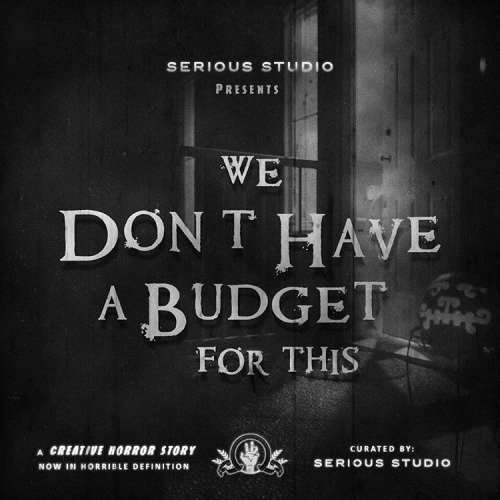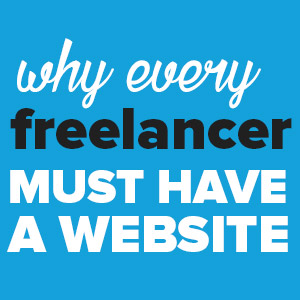Some of you might know about Cision as the company that currently operates PR Newswire (where vendors can post press releases). But they also maintain a database of press contacts with their beats and contact preferences. I have been on this list for decades, and periodically they ask me to update my data. Last week they asked me to participate in their latest survey that will form the basis of their “Global State of the Media” report. I gladly filled it out. One of the questions was: “What would make you block a PR person or put them on the “do not call” list?
Now, I sharpened my virtual pencil and got ready to dish. I have noticed a notable degradation in the quality of PR responses to my own queries. In a recent story for CSOonline on email security suites, four of the vendors (out of 13 initially contacted) didn’t even respond.
Anyway, to answer the question you were presented with lots of situations. I checked the following:
Last minute cancelation, spamming irrelevant pitches, repeated follow ups (more on that in a moment), broken embargo promises, failure to respond within my deadline and lack of transparency. All of these I have experienced since 1987 when I first began writing for PC Week as a tech reporter. The repeated follow-ups is a thing, and one of the subsequent questions from Cision was how often is too many follow-ups? (That’s easy. My answer, anything greater than zero. Assume no answer means no interest.)
I probably could have checked the others, but restrained myself:
Brochure-ware sounding pitches, inaccurate information (this is the only product that does X), calling me by my wrong name (making botched mail-merges obvious) and unsolicited social media pitches.
I will give you an example of “this is the only product” sort of email that I periodically get, this one taken from recently correspondence where company X was defined as “the only company that unifies identity proofing and passwordless authentication.” I replied: You could say the same thing about half a dozen companies right now, depending on how you define “ID proofing” or “passwordless” or even “authentication.” HYPR, Auth0, Secret Double Octopus, Trusona, Iovation’s TruValidate (maybe, but they didn’t respond to my queries), Cisco/Duo, and many that are part of the FIDO Alliance all could fall into this category. All of these vendors do identity validation beyond the “typical” multi-factor authentication mechanisms. My PR contact said, “Getting people to understand that identity and authentication are two different things is why account compromise attacks are so rampant.” Very true, dat.
Now, that was a nice discussion with this PR person, whom I have known for at least 15 years, and probably longer. He is genuinely good at his job, which is why we could have this back-and-forth discussion and not just hit the eject button to ghost each other.
As I have already hinted at, one of the preset responses that wasn’t included in the Cision survey was being unresponsive to my own queries. I am amazed at how few PR people (or at least their press@company.com email address) don’t respond to a direct question about their products. What, they are too busy? One of the challenges of having this group email box is that it relieves everyone from any actual responsibility to follow up. The generally accepted reply time period is that same business day. Often, I have to send a second email, or try to track down a real person’s phone number, in search of an answer. You would think that a live press query would move the massive PR machine like a tsunami moving across the ocean, but in a good way I hope.
This isn’t new, sad to say. Around the virtual water-cooler that my fellow tech reporters frequent, the complaints about badly behaving PR folks is an evergreen topic. Some people do abuse their contact lists, to be sure. Given that the supply of freshly minted comms undergrads continues (my daughter is one of them, ahem), there will always be inexperienced PR folks to train and to learn the ways of world. Back in the late 1980s, the incoming tray of the PC Week fax machine would be filled to overflowing with unsolicited pitches. Now we just have our inbox, plus all of our social media accounts to deal with. I am not sure that is an improvement.
Let’s talk about that hallowed ground, the reporter’s email inbox, for a moment. Some people are offended by receiving a single email: I guess the effort involved in placing your middle finger on the delete key is too much effort. Certainly, this is more effort than tossing a bunch of faxed pages into the nearby trash. But I try not to get too worked up about my overflowing inbox. Yes, if I am out of the office (where else am I going to be these days, anyway?) for any extended period of time the emails do pile up.
Should we ghost each other? I don’t know but notice how I phrased that question. It has to be a two-way street. Should there be allowable offenses, or red lines that we can’t cross? Perhaps. Cision does try to indicate the preferred contact mechanism (hint: for me, it is email). One good thing about the modern era is that I almost never get a telephone pitch call, something that was common c.1989. But let’s hope we can treat each other with respect. We are in this together.

 4. Avoid endless edit cycles. I have had my stories go through several edit passes, and often after the first one these edits aren’t adding any value to the piece and instead are more political nods to a manager’s whims. While everyone thinks she or he is a great editor, few often have the right skills. It also helps to be clear on who is going to be doing the editing, and who just needs to see the document prior to any final distribution. Sometimes you get stuck in a seemingly endless loop between two editors: one undoes the other’s changes.
4. Avoid endless edit cycles. I have had my stories go through several edit passes, and often after the first one these edits aren’t adding any value to the piece and instead are more political nods to a manager’s whims. While everyone thinks she or he is a great editor, few often have the right skills. It also helps to be clear on who is going to be doing the editing, and who just needs to see the document prior to any final distribution. Sometimes you get stuck in a seemingly endless loop between two editors: one undoes the other’s changes. What should you use? I use my own hosted WordPress site, and it is a good tool to learn anyway, since many sites now employ it themselves. You can
What should you use? I use my own hosted WordPress site, and it is a good tool to learn anyway, since many sites now employ it themselves. You can 

 There are some clients that just can’t seem to help themselves and have to rewrite almost everything from top to bottom. To avoid getting trapped in these situations, you need to be crystal clear about how your work will be treated once it leaves your computer. Some clients think they are better writers than you, others want to show to their bosses that they have added value to your work.
There are some clients that just can’t seem to help themselves and have to rewrite almost everything from top to bottom. To avoid getting trapped in these situations, you need to be crystal clear about how your work will be treated once it leaves your computer. Some clients think they are better writers than you, others want to show to their bosses that they have added value to your work.